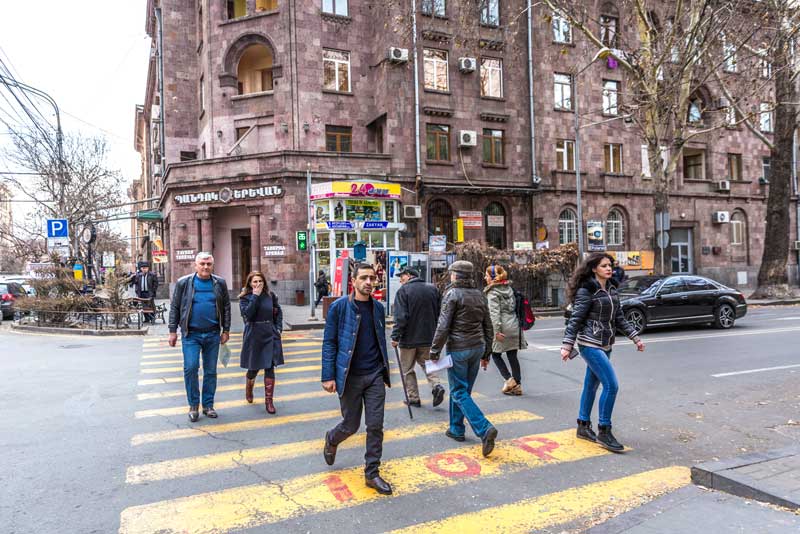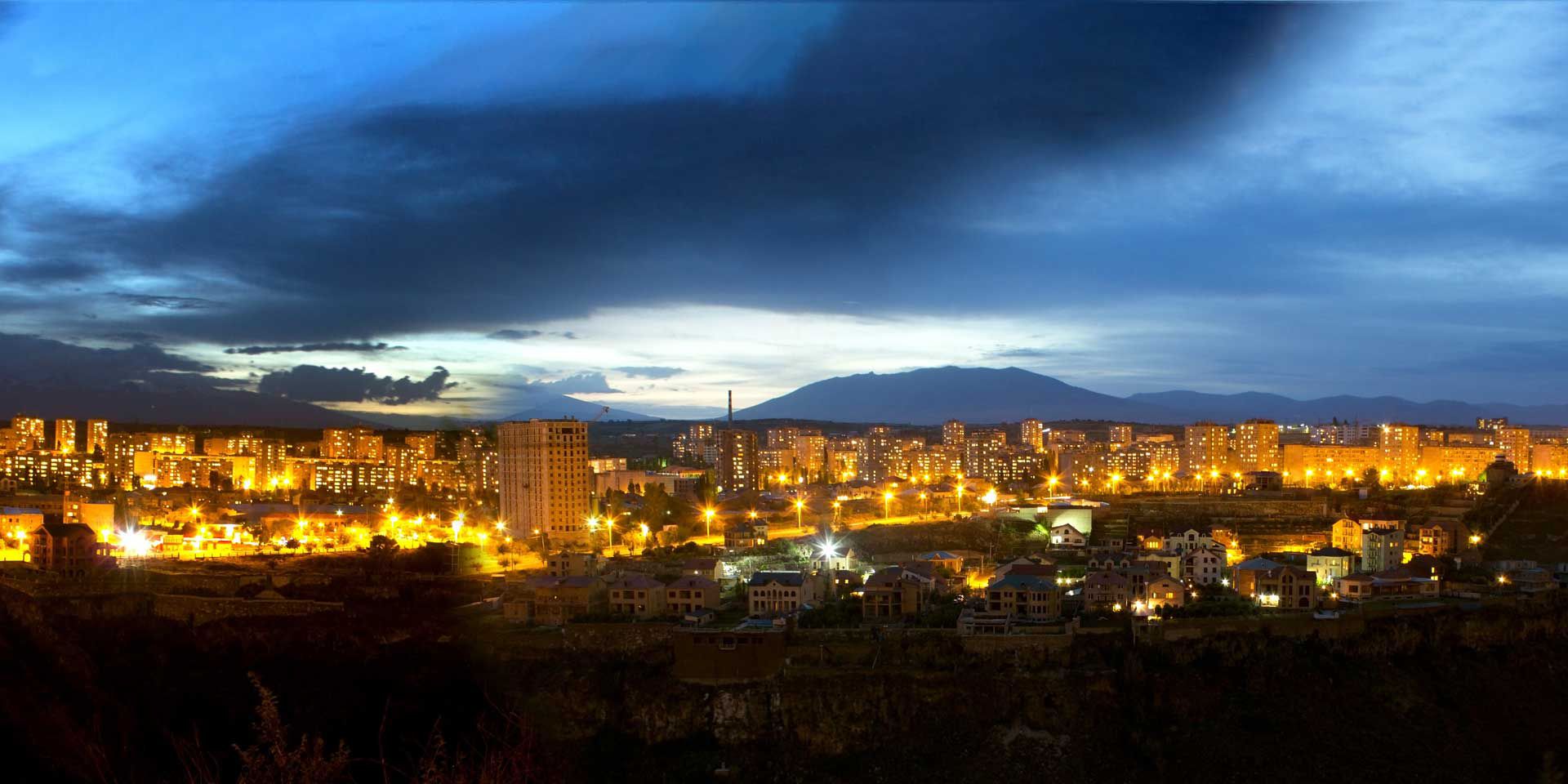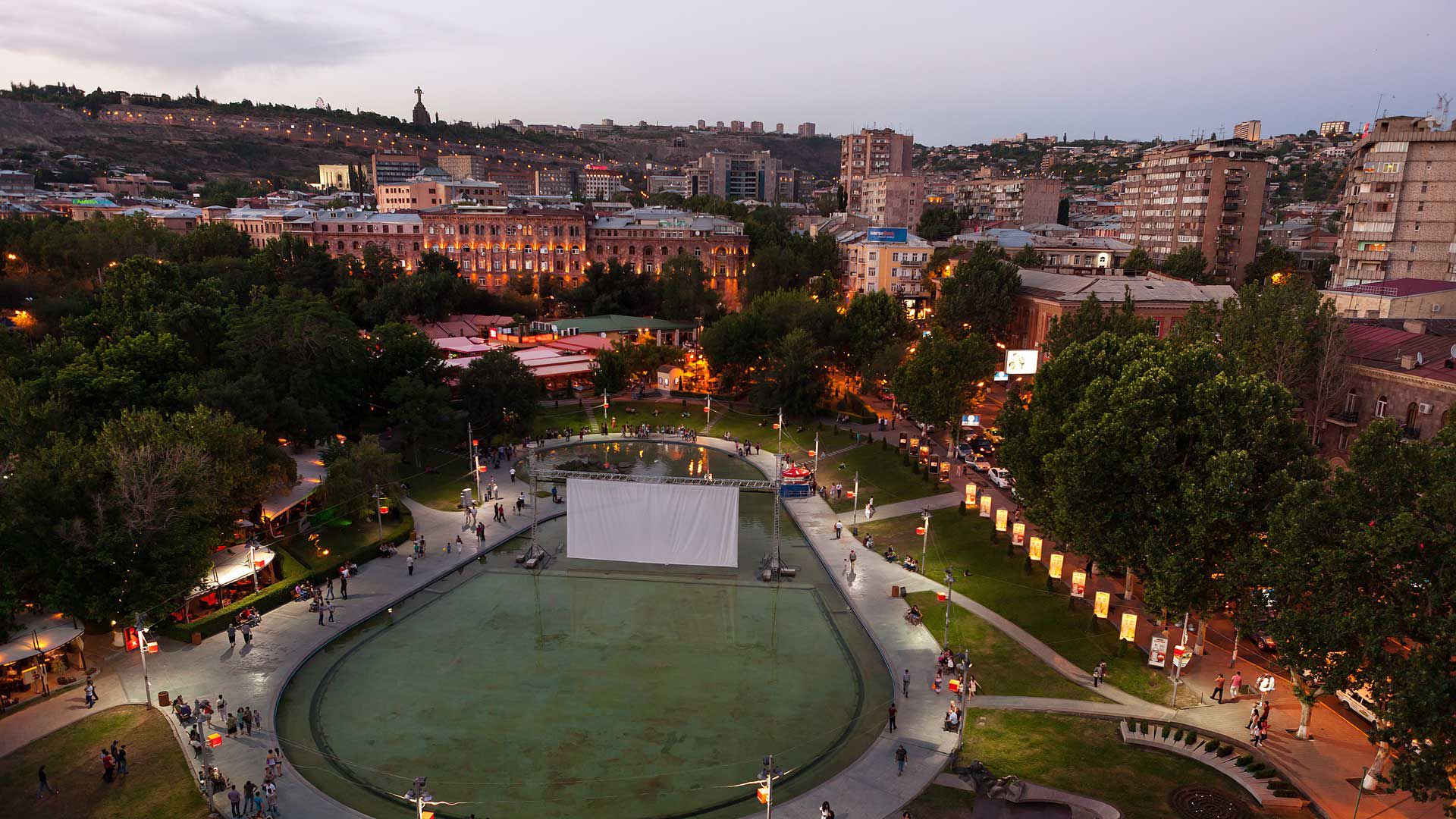Armenia’s recent political developments aren’t the only power shifts electrifying the national capital, Yerevan.
When the country’s 250 megawatt (MW) combined-cycle gas-fired thermal power facility in the south of Yerevan starts operating in 2021, it will help replace electricity produced by aging gas-fired power plants. Because the plant will be about 50 percent more efficient than old facilities, it is expected to reduce imported gas cost by around $25 million per year while improving the reliability and security of the energy supply. It will also help reduce the greenhouse emissions per unit of electricity generated. It is expected to be the cheapest privately owned thermal power generator in the country, with the highest efficiency.
The project, supported by IFC and the Multilateral Investment Guarantee Agency (MIGA), is being developed by a consortium comprising German Siemens Project Ventures GmbH (part of Siemens Financial Services), Italian Renco Spa, and SIMEST Spa (CDP Group), an Italian development finance institution, through a special purpose company, ArmPower CJSC. The company will sell its generation output to Electric Networks of Armenia (ENA), which distributes and sells electric energy in the country.
IFC and MIGA have arranged a landmark $202 million debt finance and guarantee package to back this initiative. Support includes a $42 million loan for IFC’s own account, and $121 million from IFC’s innovative syndications platform, the Managed Co-Lending Portfolio Program (MCPP). It also includes parallel loans from the Asian Development Bank, the OPEC Fund for International Development, and the German development finance institution DEG – Deutsche Investitions- und Entwicklungsgesellschaft mbH. MIGA is providing a guarantee of up to $39 million to help Renco Spa manage non-commercial risks.
The new plant is key to helping Armenia’s government achieve its goals for the energy sector, which include rehabilitation of power transmission and distribution assets, promotion of energy efficiency investments, and construction of new generation capacity. Together, these elements will ensure the continuation of an adequate electricity supply for Armenia’s 3 million people.

A More Efficient Future
Two-thirds of electricity in Armenia is generated from imported fuel. Armenia’s new plant will help increase efficiency for gas-fired electricity generation, producing up to 2,000 gigawatts per hour (GWh) and ensuring a reliable power supply.
When operations begin, it will mark the culmination of a decade of reforms in the power sector that Armenia’s government has undertaken with the World Bank’s support. Despite these reforms, however, Armenia has been unable to utilize its entire installed capacity due to the poor state of old plants, which require frequent maintenance. In addition, the country remains heavily dependent on fuel imports for power generation.
The government’s strategy to address these challenges encourages installation of cost-effective, high-efficiency generation, decommissioning old and expensive power plants, and harnessing renewable energy resources in the country. To do this, the government has been opening up its power sector to private sector power companies that can provide capital and transfer global technology, knowledge, and best practices.
Flipping the Switch
World Bank-backed reforms have helped establish an independent regulator in the power sector and diversified ownership of assets. In addition to the broad support for reforms, the World Bank has funded projects to upgrade the aging and outdated power transmission network, as well as to improve the creditworthiness of the off-taker, ENA. This laid the groundwork for greenfield power projects in Armenia.
And this is where IFC and MIGA are providing critical support. For example, IFC, the lead arranger of the financing package for the combined-cycle gas-fired thermal power facility in Yerevan, has mobilized financing from other development finance institutions.
To facilitate financial close, IFC developed a suite of project finance procurement documents suited for use internationally. The framework sets a precedent for the procurement of similar greenfield projects in the future.
As part of the efforts to support Armenia’s power sector, IFC in 2016 arranged a landmark $140 million financing package for the Vorotan Hydropower Cascade, helping a private operator acquire, rehabilitate, and operate the facility. This is helping upgrade one of the country’s main power generating facilities, which is expected to boost electricity reliability and provide a steady supply of clean power.
The involvement of the private sector with the support of both IFC and MIGA facilitates the modernization of the country's power generation capacity, while limiting the government’s financial obligations.
Join the conversation: #IFCimpact
Published in March 2019

